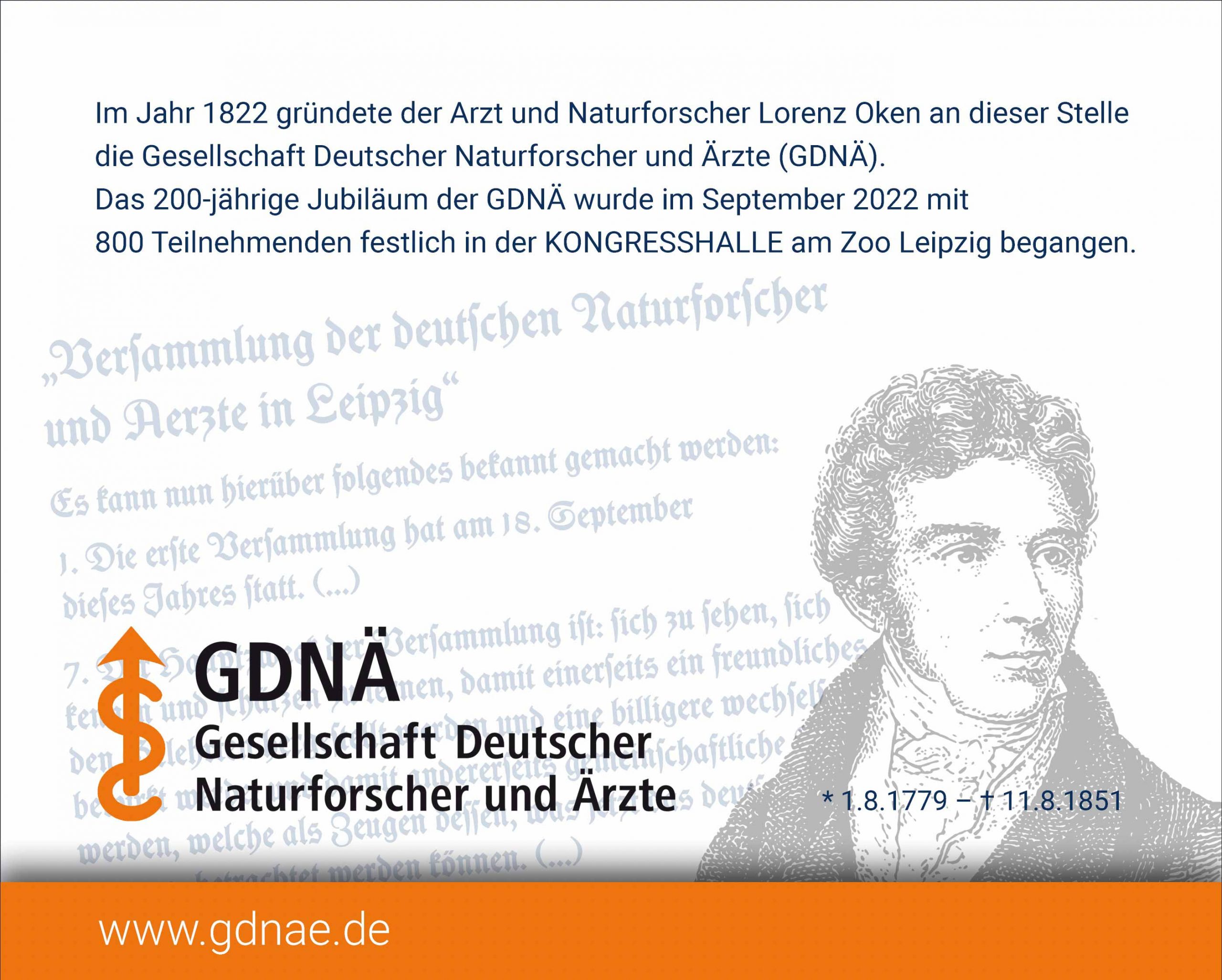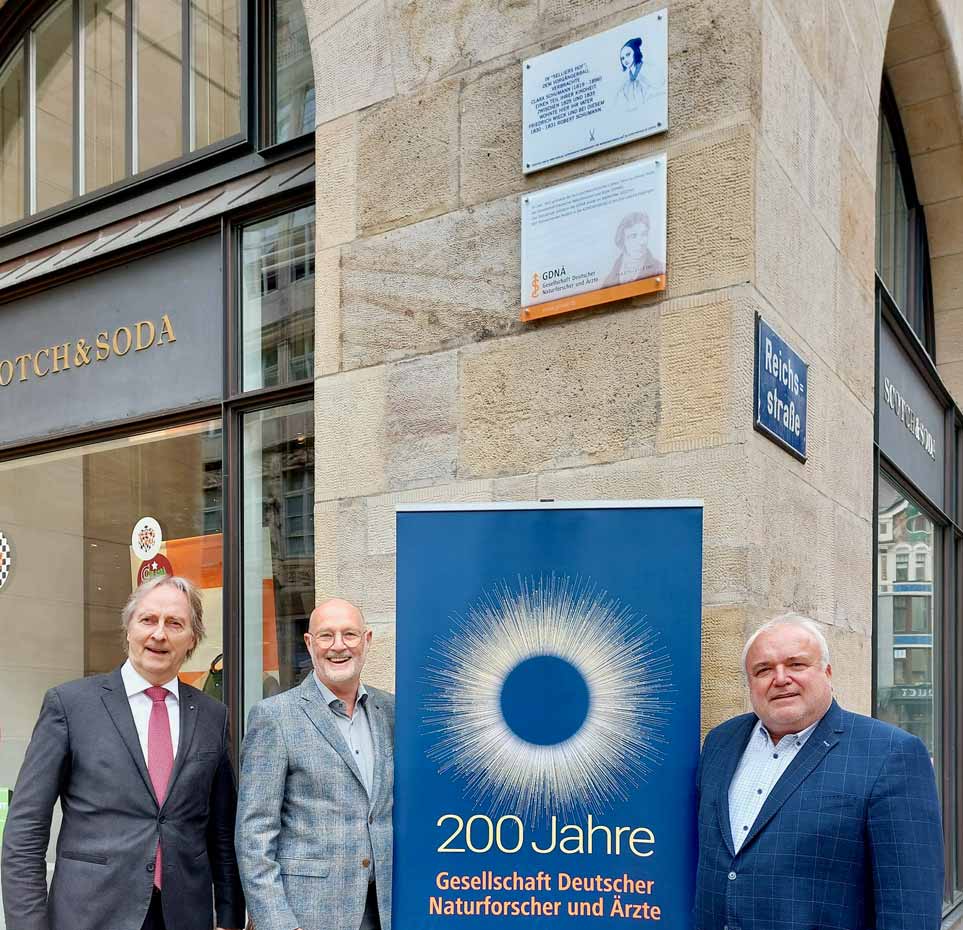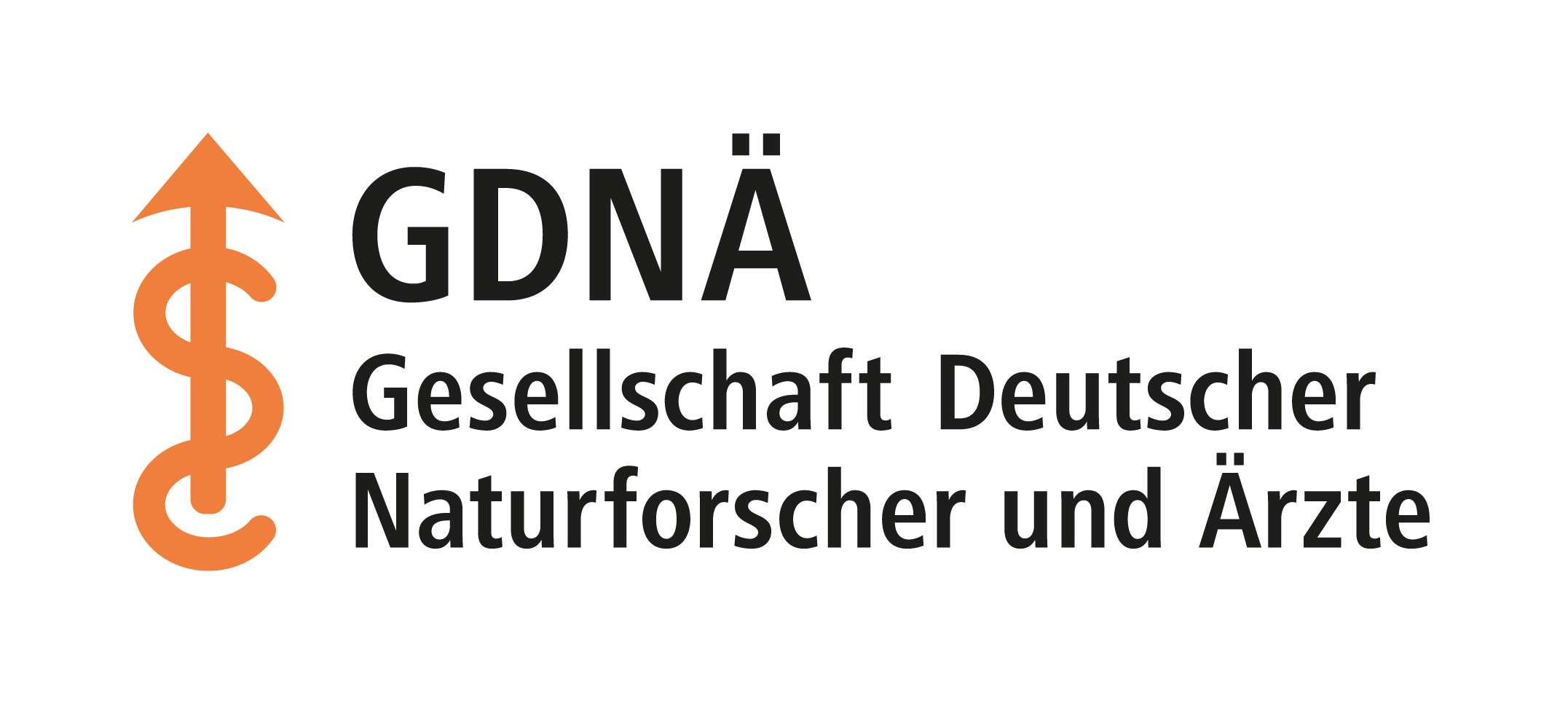For what purposes do the young people at your school use the chatbot?
As far as I can observe, mainly to try it out and play. However, there have already been individual cases of suspected misuse this year. For example, it was a question of subject papers, i.e. papers that are written at home without school supervision and whose grade is weighted the same as an exam grade. If there are clear discrepancies between the work and the previous performance, we naturally become suspicious.
How did your school react in this situation?
Since we have the burden of proof, colleagues scrutinised the work very closely. Knowing that ChatGPT can also generate source references, they checked, for example, whether Bielefeld libraries had the books mentioned in the paper. The suspicion that papers were written with the help of other people, such as parents, also existed in the past. But ChatGPT opens up completely new dimensions. For this reason, there is already a discussion in our staff about whether papers of the previous type will be acceptable at all in the future. Will they have to be supplemented by oral examinations or will we have to find completely new ways?
It will probably be the same in other schools. How are the school authorities reacting to the challenge?
The Ministry for Schools and Education in North Rhine-Westphalia reacted quickly and published a well-done guide for dealing with text-generating AI systems. Other federal states have also published corresponding recommendations.
What about teacher training on AI in general and chatbots in particular?
There are such offers. But they would only be interesting for me if they were specifically tailored to my subjects of German and biology. That is not yet the case.
You tested ChatGPT early on. Did that have consequences for your teaching?
Yes, I promptly made the new technology a topic in my upper school lessons. We talked about how chatbots work, what they can and cannot do. We also talked about the uncertain source situation and data protection concerns: After all, you have to give out your mobile number to use ChatGPT extensively. However, my main concern in the conversation with the students was to warn them early on about the temptation to use the AI model as a “homework helper”. Using it would be beneficial in the short term, but if you don’t think for yourself, you won’t learn properly. And that is the danger behind it. But then we didn’t continue to use ChatGPT in class.
Can you and your colleagues tell whether a homework assignment was done by students or by a chatbot?
So far I haven’t had any suspicious cases. I would argue that we teachers can tell pretty quickly whether it is our own performance or not. We can assess the performance of our students very well through their participation in class and the exams – discrepancies are quickly noticed. In my subjects, I hardly see any scope for using ChatGPT for homework anyway. They usually involve material with texts and graphics, and you can’t easily feed the AI with that yet. With simple definition tasks, it is perhaps something else. But these are not of great importance for us.
In what way could ChatGPT be useful in your subjects?
That’s a difficult question, because the areas of application are incredibly extensive and many questions are still unanswered for us teachers. I see a possible use especially where the students are in dialogue with the AI and have to formulate their prompts, i.e. their requests, more and more precisely in order to reach the goal. Learning then takes place in this process. In biology, for example, it would be conceivable to first develop experiments hypothetically or even to model an experimental procedure. In German, for example, I would find it exciting to have the AI interpret specific dialogues from a novel or drama excerpt and to discuss the plausibility of the reasons with the students. Can an AI grasp irony? How much context does it need for that? Answering these questions would also be useful for our own understanding of literary texts.
Will ChatGPT fundamentally change schools, as some predict?
No, I don’t think so, at least not in the classical school subjects. It might be different in computer science classes. What certainly remains unaffected by the new technology is our mission as teachers: we are supposed to educate young people to learn independently and impart knowledge. ChatGPT can possibly help with this and enrich the lessons, especially in the upper school.



